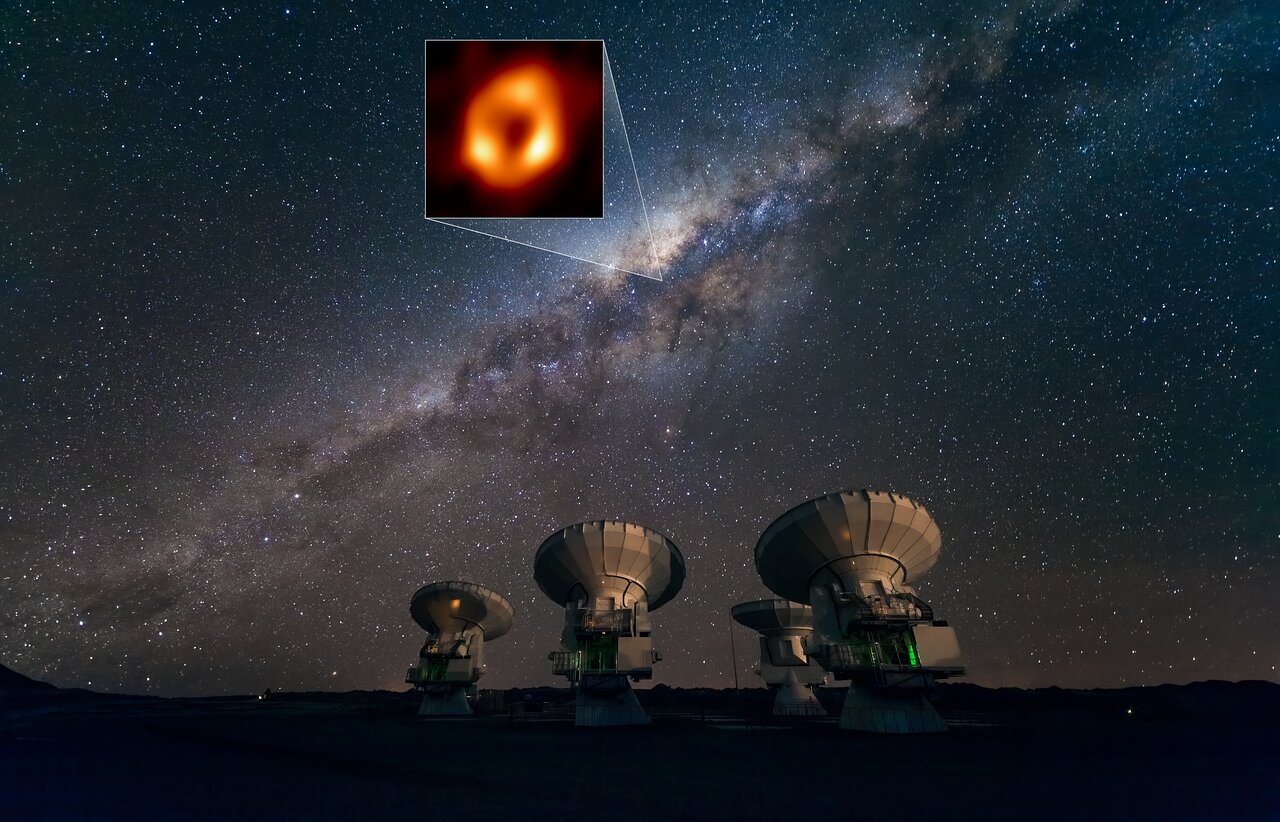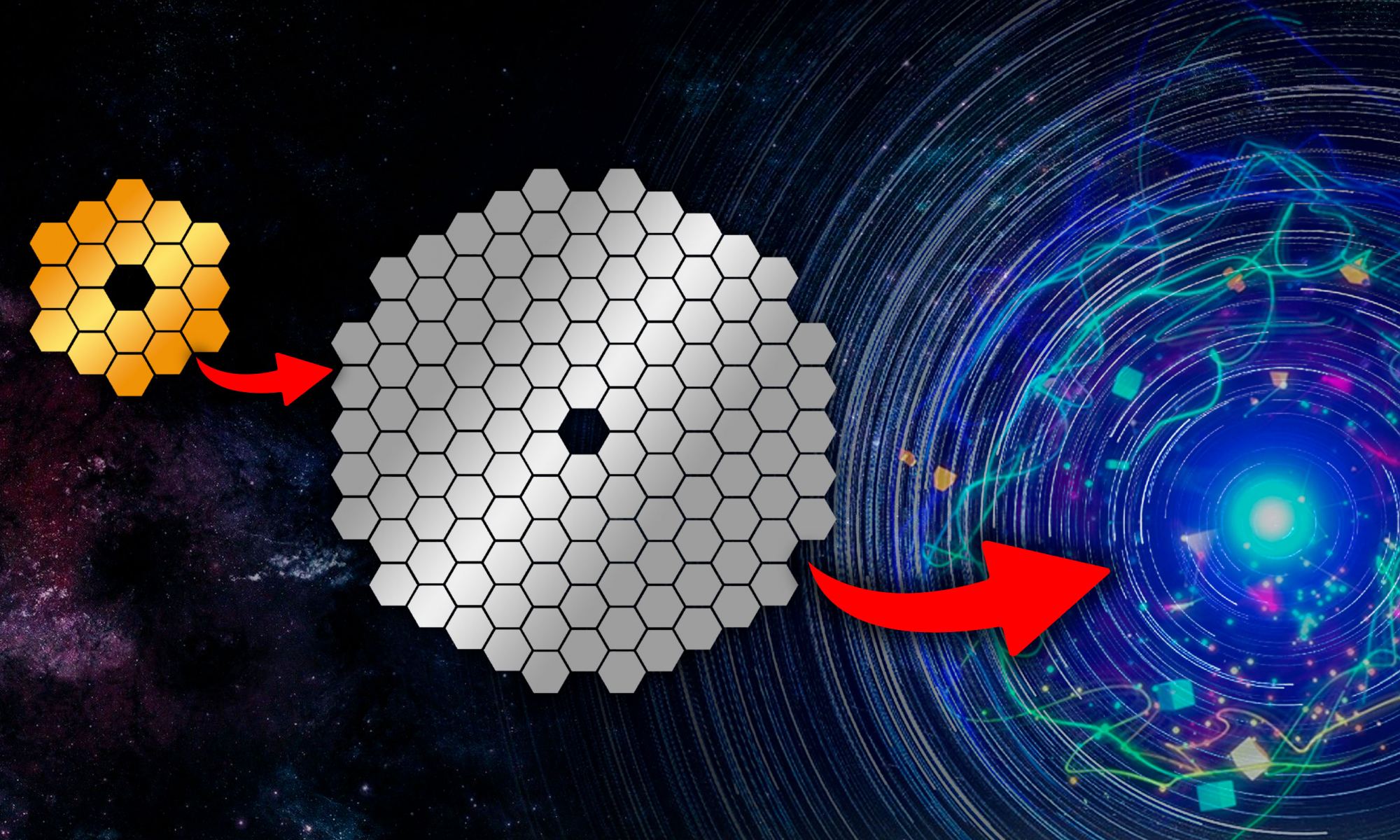Both the Milky Way and a galaxy known as M87 have supermassive black holes at their core. These are the two largest black holes we know about and the Event Horizon Telescope has just captured stunning images of their event horizons. A new paper looks at what we might expect from a next generation EHT and highlights twelve targets that should be top of the list.
Continue reading “What’s Next for the Event Horizon Telescope? Twelve Possible New Targets”Pulsars Could Help Map the Black Hole at the Center of the Milky Way

The Theory of General Relativity (GR), proposed by Einstein over a century ago, remains one of the most well-known scientific postulates of all time. This theory, which explains how spacetime curvature is altered in the presence of massive objects, remains the cornerstone of our most widely-accepted cosmological models. This should come as no surprise since GR has been verified nine ways from Sunday and under the most extreme conditions imaginable. In particular, scientists have mounted several observation campaigns to test GR using Sagittarius A* (Sgr A*), the supermassive black hole at the center of the Milky Way.
Last year, the Event Horizon Telescope (EHT) – an international consortium of astronomers and observatories – announced they had taken the first images of Sag A*, which came just two years after the release of the first-ever images of an SMBH (M87). In 2014, the European members of the EHT launched another initiative known as BlackHoleCam to gain a better understanding of SMBHs using a combination of radio imaging, pulsar observations, astrometry, and GR. In a recent paper, the BHC initiative described how they tested GR by observing pulsars orbiting Sgr A*.
Continue reading “Pulsars Could Help Map the Black Hole at the Center of the Milky Way”Are We Entering the Era of Quantum Telescopes?

For astronomers, one of the greatest challenges is capturing images of objects and phenomena that are difficult to see using optical (or visible light) telescopes. This problem has been largely addressed by interferometry, a technique where multiple telescopes gather signals, which is then combined to create a more complete picture. Examples include the Event Horizon Telescope, which relies on observatories from around the world to capture the first images of the supermassive black hole (SMBH) at the center of the M87 galaxy, and of Sagittarius A* at the center of the Milky Way.
That being said, classic interferometry requires that optical links be maintained between observatories, which imposes limitations and can lead to drastically increased costs. In a recent study, a team of astrophysicists and theoretical physicists proposed how these limitations could be overcome by relying on quantum mechanics. Rather than relying on optical links, they propose how the principle of quantum entanglements could be used to share photons between observatories. This technique is part of a growing field of research that could lead to “quantum telescopes” someday.
Continue reading “Are We Entering the Era of Quantum Telescopes?”
